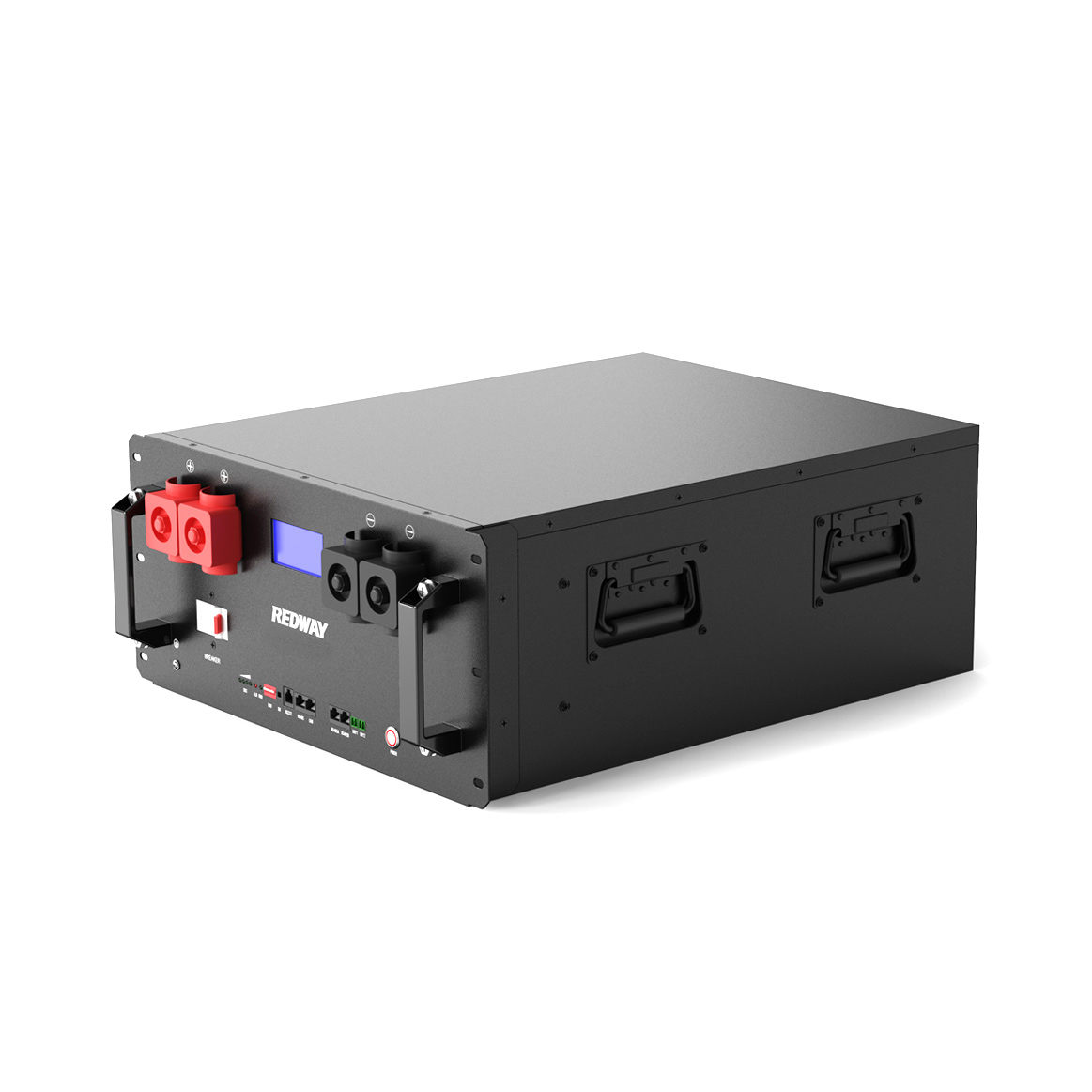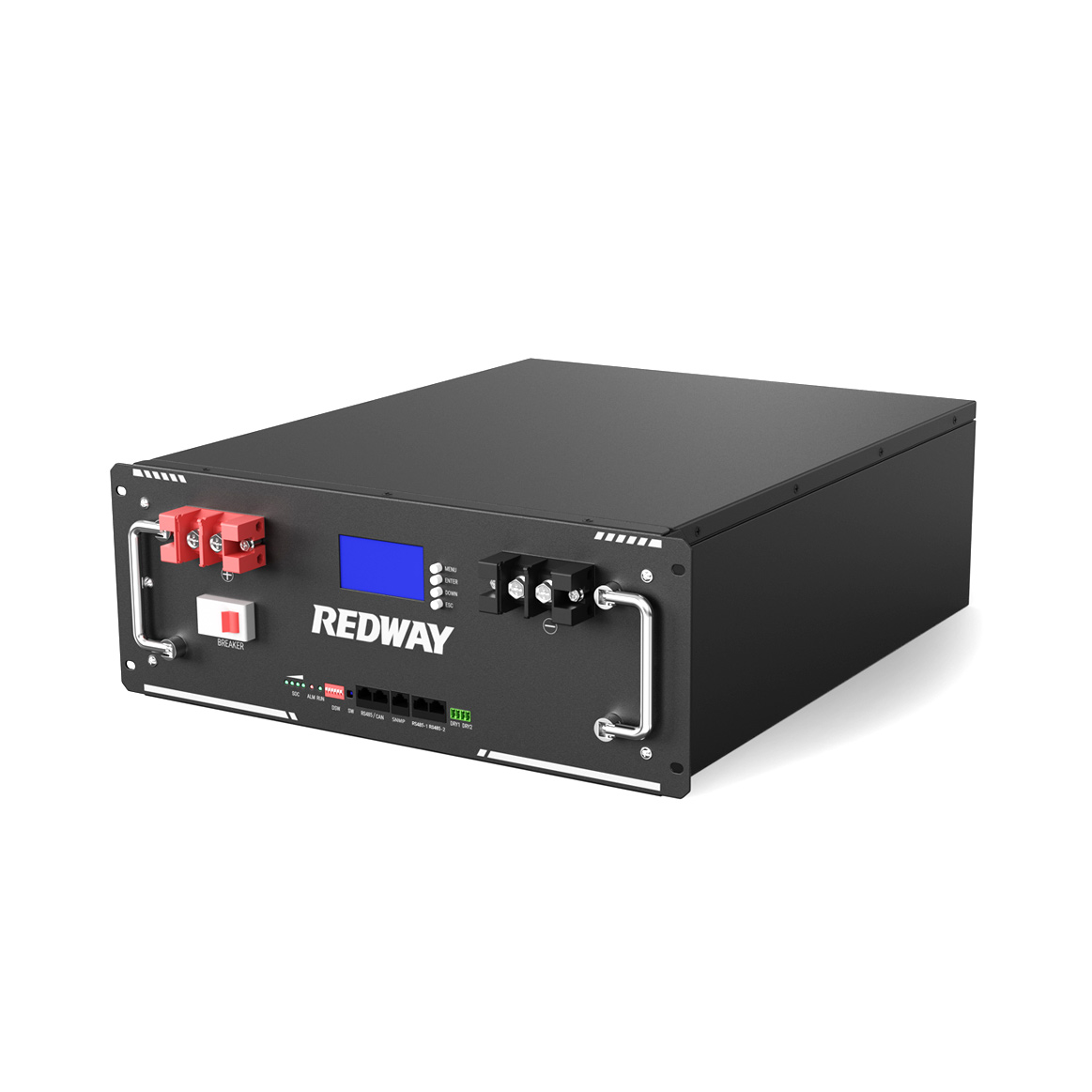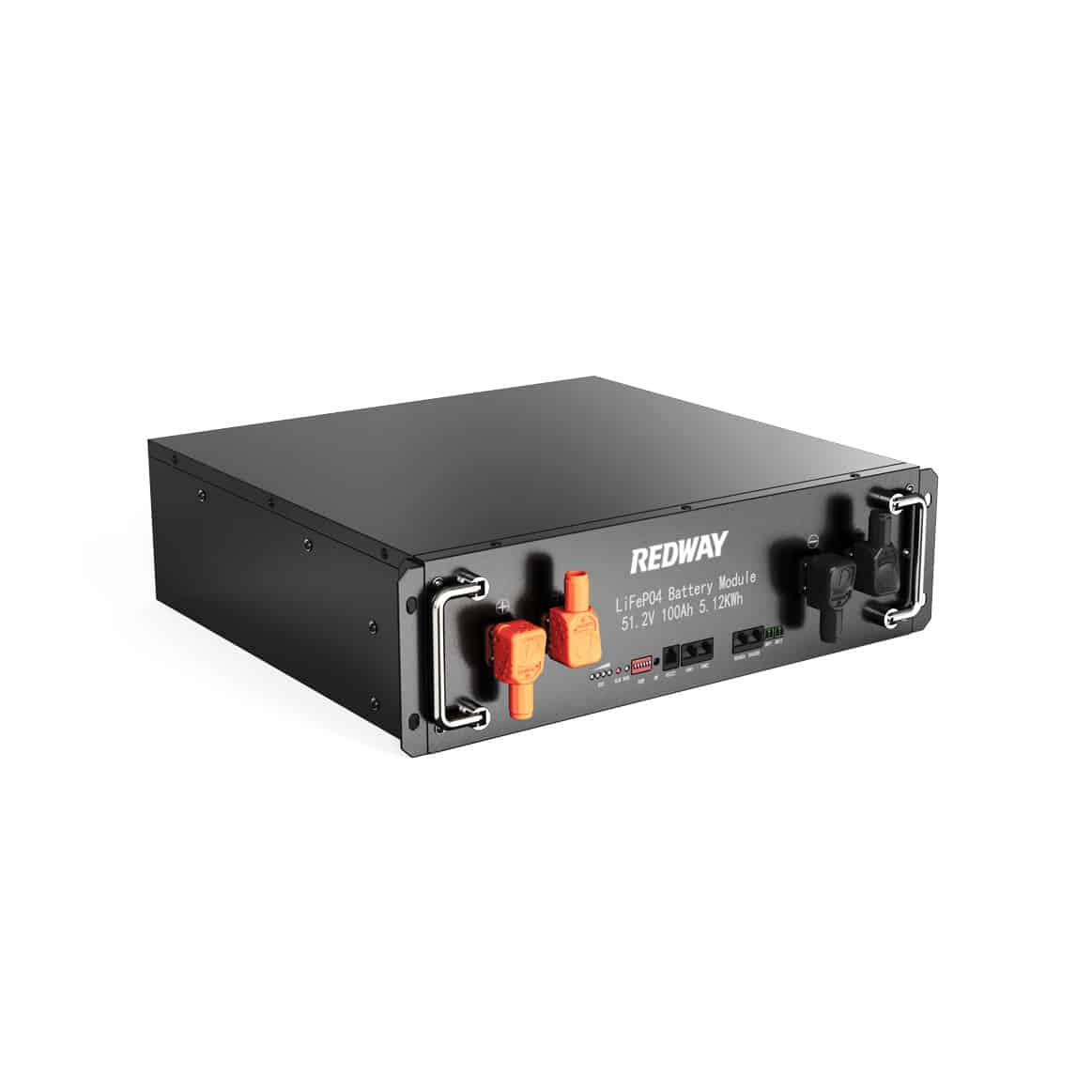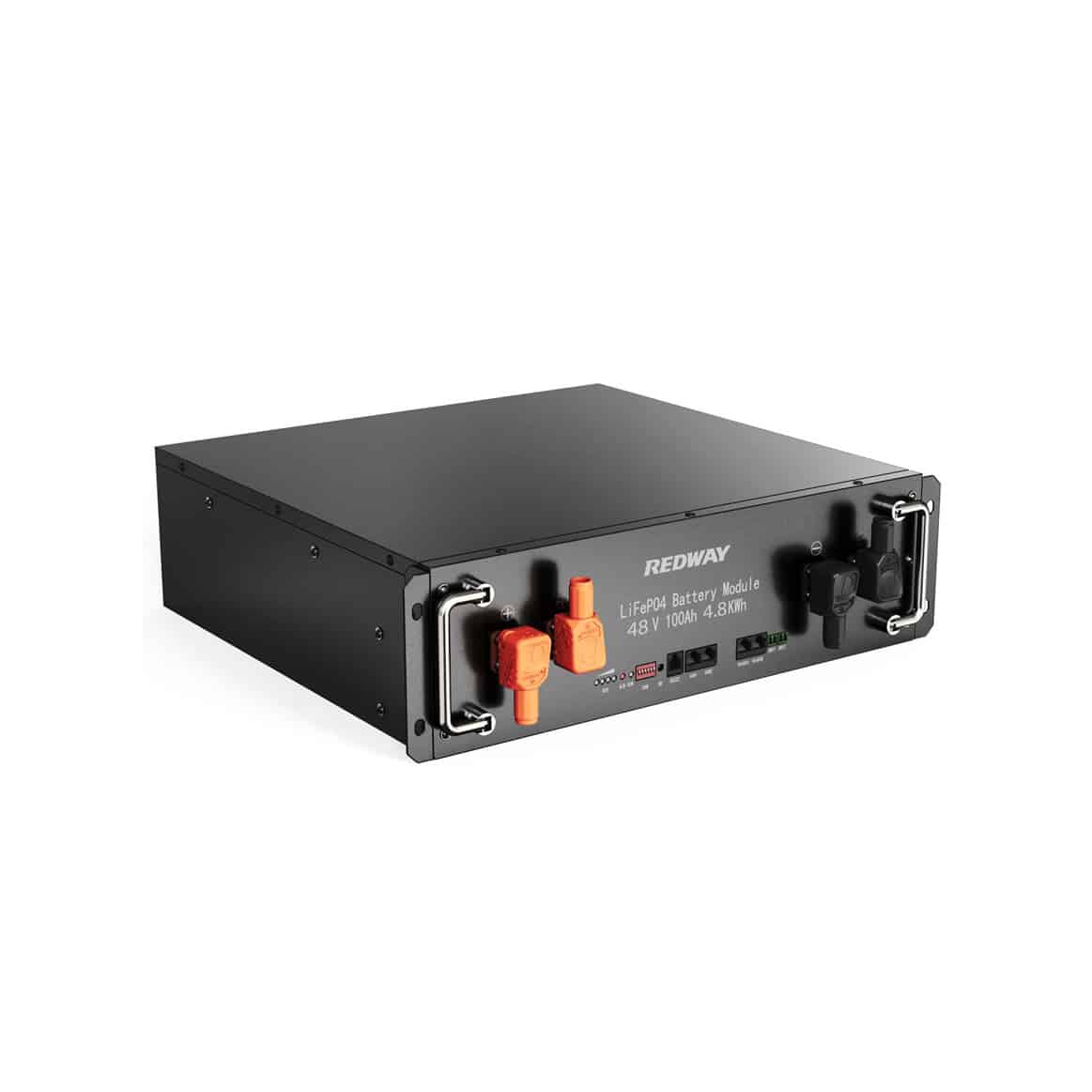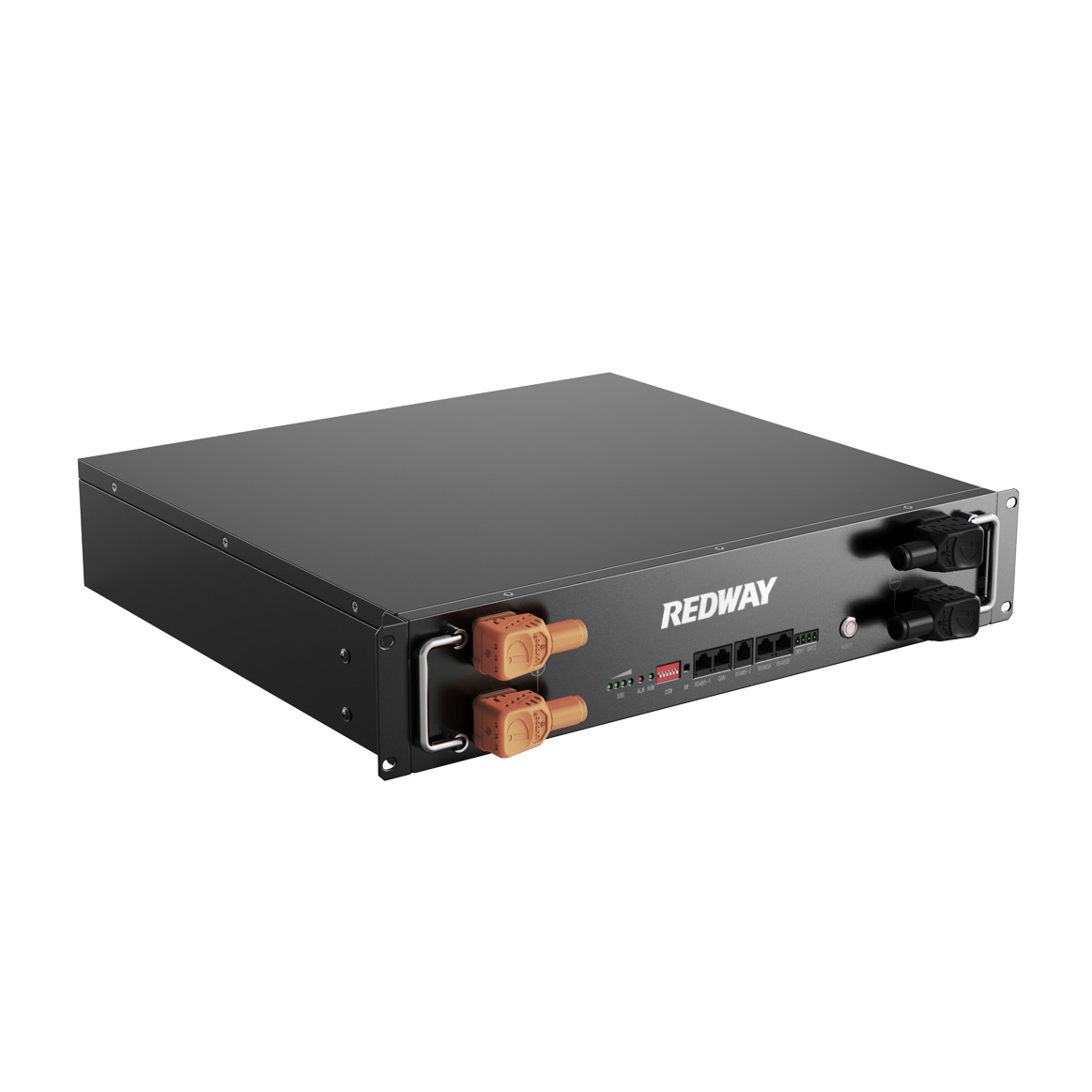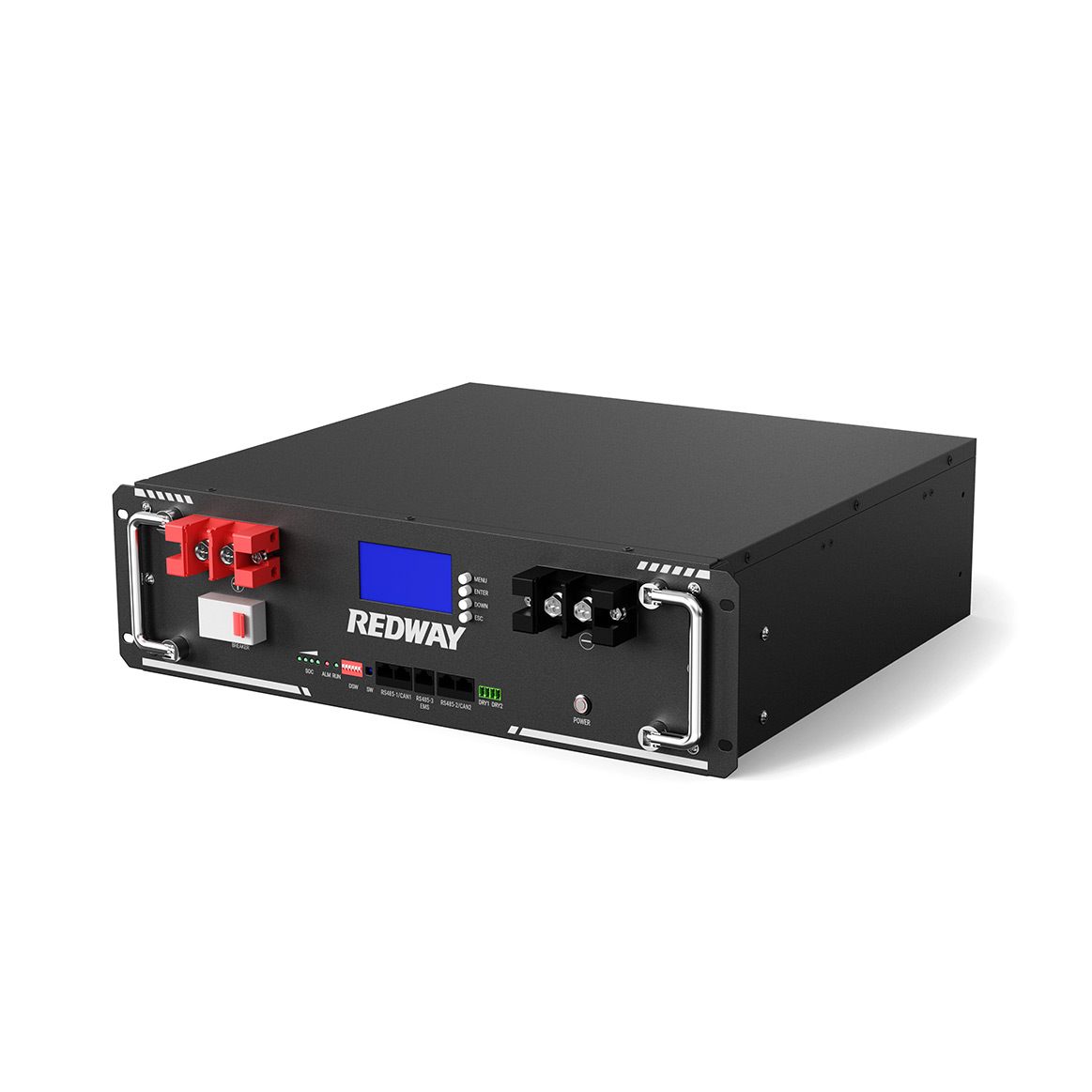Product Cateogries
Lithium Battery Module
As a leading Lithium Battery Module and Pack manufacturer, Redway Battery has been manufacturing cells and modules for over 12 years. We have the know-how and experience to build a custom battery module to fit your application. With engineering teams in America, Asia and global offices and fulfillment centers in North America and China, Redway is able to provide a rapid response to your specific requirements.
All Redway Products Come with
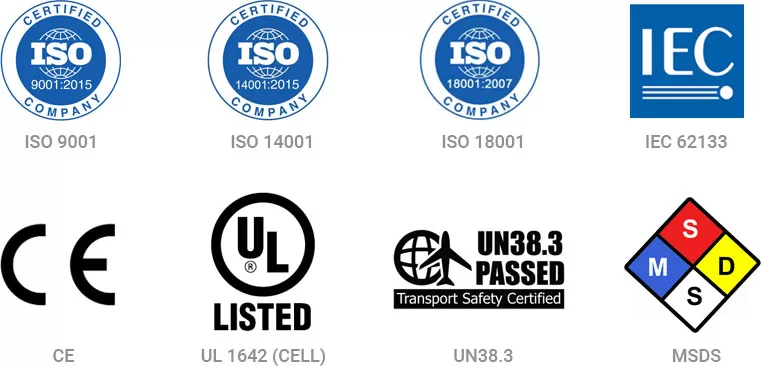
DIDN’ T FIND WHAT YOU WERE LOOKING FOR?
CUSTOM BATTERY MODULE SOLUTIONS
With full design and engineering capabilities, Redway Battery are a full-service Lithium Battery Module and Pack manufacturer. Our team has extensive experience in lithium-ion, lithium polymer, nickel metal hydride, nickel cadmium, lithium primary, and alkaline battery packs and assemblies. From the initial design concept through prototyping and testing, we work closely with customers on all projects. Large-scale manufacturing is conducted from our facilities in the U.S. and China.
DEDICATED FACTORY SUPPORT
Located in China, Redway Battery is a renowned Lithium Battery Module and Pack manufacturer. We specialize in delivering OEM and ODM lithium batteries, catering to potential clients and customers. Feel free to reach out to us today to learn more about our comprehensive range of battery solutions and how we can create a customized solution for you.
Our quick factory support focuses on personalized service, from the design phase all the way to delivery, offering flexible pricing and reliable products to fulfill OEM/ODM needs.
LEARN BATTERY KNOWLEDGE
Our team of battery experts at Redway Battery is dedicated to sharing comprehensive knowledge about new energy technologies. Passionate about customizing batteries for a diverse range of electronic devices, we offer tailored and specialized battery solutions. We take pride in delivering the most up-to-date and professional information on batteries. By staying connected with us, you can access the latest practical insights and information on battery technologies and their applications. Unlock valuable knowledge and resources as you explore the world of batteries with us. Dive deeper into Battery Knowledge through these sections: Top 10 Posts, Redway News, Industrial News and Must-know Knowledge.

DOWNLOAD REDWAY PRODUCT BROCHURE AND SPEC
REDWAY PROMISE

QUALITY
6000 TIMES CYCLES
5 YEARS WARRANTY
10 YEARS DESIGN LIFE

CERTIFICATION
ISO9001,ISO14001, OHSAS18001, CE, CB, UL, KC, FCC, BIS, IEC62133.

SERVICES
EXW, FOB, DAP, DDP OPTIONAL T/T, L/C OPTIONAL
Related Knowledge
What is a modular battery?
- Battery Components:
- Cells: The building blocks of batteries, containing electrolyte, cathode, anode, separator, and housing.
- Battery Packs: Finished products consisting of one or more cells connected in series or parallel, with a positive and negative terminal for charging and discharging.
- Modular Batteries: Battery packs designed to work in tandem with other packs, providing flexibility, scalability, and ease of replacement.
- Advantages of Modularity:
- Scalability: Connect multiple battery packs to fulfill power requirements without being limited to a set capacity or voltage.
- Easy Replacement: If one module fails, replace that module without scrapping the entire battery system, ensuring uninterrupted operation.
- Heat Dissipation: Modular batteries with a good battery management system dissipate heat better than single large battery packs, enhancing safety and performance.
What is the difference between a battery and a module?
A battery is a device that stores chemical energy and converts it into electrical energy. It consists of one or more electrochemical cells connected in series or parallel to provide the desired voltage and current output. Each cell has two electrodes – a positive electrode (anode) and a negative electrode (cathode) – separated by an electrolyte. On the other hand, a module is a self-contained unit or component that is designed to work together with other modules to form a larger system. It can be thought of as a building block that contributes to the overall functionality and performance of the system. Battery modules are commonly used in various industries and applications such as telecommunications, automotive systems, robotics, and renewable energy systems. They allow for easy customization and scalability since different modules can be combined or replaced depending on the requirements of the system. Understanding the distinction between batteries and modules is crucial for choosing the right components for specific needs and applications.
- Battery Characteristics and Functions:
- Batteries store chemical energy and convert it into electrical energy.
- They consist of electrochemical cells with positive and negative electrodes separated by an electrolyte.
- Batteries come in various sizes and shapes and power a wide range of devices.
- They provide portable power, act as backup power sources, and store renewable energy.
- Module Characteristics and Functions:
- Modules are self-contained units that work together to form a larger system.
- They consist of interconnected components like microchips, resistors, and capacitors.
- Modules serve specific functions within the system, such as data processing or signal amplification.
- They offer customization, scalability, and easy replacement options.
- Advancements in Battery and Module Technology:
- Battery technology advancements focus on improving energy density, lifespan, and charging times.
- Lithium-ion batteries offer higher energy density and faster charging compared to traditional lead-acid batteries.
- Module technology advancements enhance integration, scalability, and performance in various industries.
Are EV batteries modular?
- Battery Composition:
- Battery Cells: These are the basic units that store energy and are connected to form modules.
- Battery Modules: They consist of multiple battery cells connected in series or parallel, providing the desired voltage and energy capacity.
- Battery Packs: These packs are formed by connecting multiple modules together, creating a complete battery system.
- Advantages of Modularity:
- Flexibility: The modular design allows for customization and adaptation to different vehicle designs and energy requirements.
- Scalability: Additional modules can be added or replaced to increase or adjust the battery capacity as needed.
- Maintenance Ease: Faulty modules or cells can be easily replaced without having to replace the entire battery pack, reducing downtime and costs.
- Enhanced Efficiency and Reliability:
- Modularity enhances the efficiency and reliability of EV batteries by allowing for targeted repairs or replacements.
- It enables the optimization of battery performance by replacing only the affected modules or cells, improving overall battery lifespan.
How to make a battery module?
- Components of a Battery Module:
- Cells: Powerhouses that generate electrical energy through chemical reactions.
- Housing: Encloses and protects the cells, providing structural support.
- Thermal Management System: Regulates temperature to optimize performance and prevent overheating.
- Electrical Connections: Ensure seamless communication between cells for efficient energy flow.
- Designing a Battery Module:
- Factors Influencing Design: Consider energy density, safety, size, weight, and intended applications.
- Structural Considerations: Balance durability, safety, compactness, and lightweight design.
- Integration of Safety Features: Incorporate mechanisms like overcharge protection for secure operation.
- Assembly Process:
- Cell Arrangement: Configure cells in series or parallel connections to determine voltage and capacity.
- Securing Components: Ensure stability by securing cells, connections, and the thermal management system.
- Quality Control Measures: Implement rigorous checks to adhere to design specifications and safety standards.
- Testing and Quality Assurance:
- Performance Testing: Assess capacity, voltage output, and cycle life to validate functionality.
- Safety Checks: Verify the module’s response to extreme conditions and compliance with safety standards.
- Compliance Standards: Meet industry-specific regulations for diverse applications.
What does a battery module do?
A battery module is a device that converts chemical energy into electrical energy, providing power to electronic devices. It consists of one or more batteries and serves as a power source for various applications, including backup power supplies, electric vehicles, and portable electronics. By storing and releasing electrical energy as needed, battery modules ensure efficient and reliable power delivery. They play a crucial role in powering our modern world, offering a convenient and portable solution for our electronic devices.
How to make a charging module at home?
Making a charging module at home is possible with a DIY approach using components like a TP4056 module and a general-purpose PCB board. By following step-by-step instructions and using readily available materials, you can create a battery charger that can simultaneously charge multiple batteries. This homemade charging module ensures safe and efficient charging by stopping the power to individual cells after they are fully charged. Making a charging module at home provides a cost-effective solution for charging batteries conveniently.
How many modules are in an EV battery?
An electric vehicle (EV) battery pack is composed of multiple modules that work together to provide energy to power the car. Each module is made up of several battery cells, typically lithium-ion batteries. The number of modules required for an EV battery pack can vary depending on the specific car model, power requirements, and battery technology. Generally, eight modules are put together to form an EV battery pack, resulting in a total of 96 cells in the pack. The size, shape, and weight of the battery pack are also determined by the number of modules and cells included. Manufacturers design battery packs to optimize the car’s performance, range, and acceleration while ensuring safety and durability. As technology advances, improvements in battery technology will lead to enhancements in power, efficiency, and charging time, making EVs more accessible and affordable for consumers.
What is the difference between a pack and a module?
The difference between a pack and a module depends on the context. In the context of battery technology, a module refers to a self-contained unit of battery cells connected to provide voltage and capacity, while a pack is the complete enclosure that delivers power to the electric vehicle. In programming, such as Java and Python, a package is a way of organizing related classes and interfaces, while a module is a self-contained unit of code that includes everything needed to run the code. Understanding the distinction between packs and modules is essential for battery technology and programming practices.
What is the difference between a battery rack and a battery module?
A battery rack is a framework or enclosure that holds multiple battery modules together, providing a centralized system for energy storage. It allows for easy installation, replacement, and scalability. On the other hand, a battery module is a self-contained unit consisting of interconnected battery cells. It serves as a building block for the battery system, offering flexibility in terms of power and capacity requirements. The combination of battery modules within a battery rack forms a complete energy storage system, ensuring efficient and reliable power supply.
How are battery modules cooled or heated?
What is a module on a hybrid battery?
A module on a hybrid battery is a self-contained unit within the battery pack that houses multiple battery cells. It plays a crucial role in storing and delivering electrical energy to power the hybrid vehicle. Working together with other modules, it provides the required voltage and capacity for the hybrid system. Managed by a control module, the interconnected modules ensure efficient operation and optimum performance of the hybrid battery.

